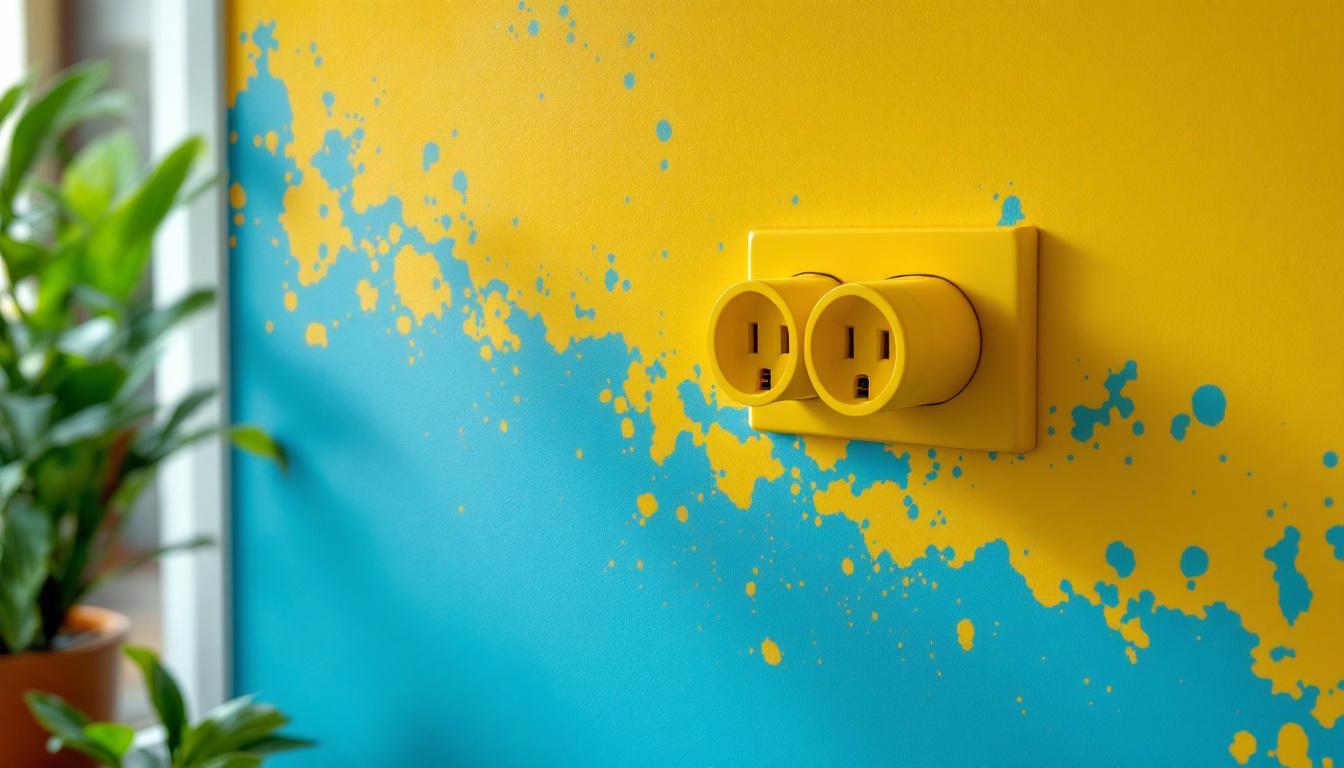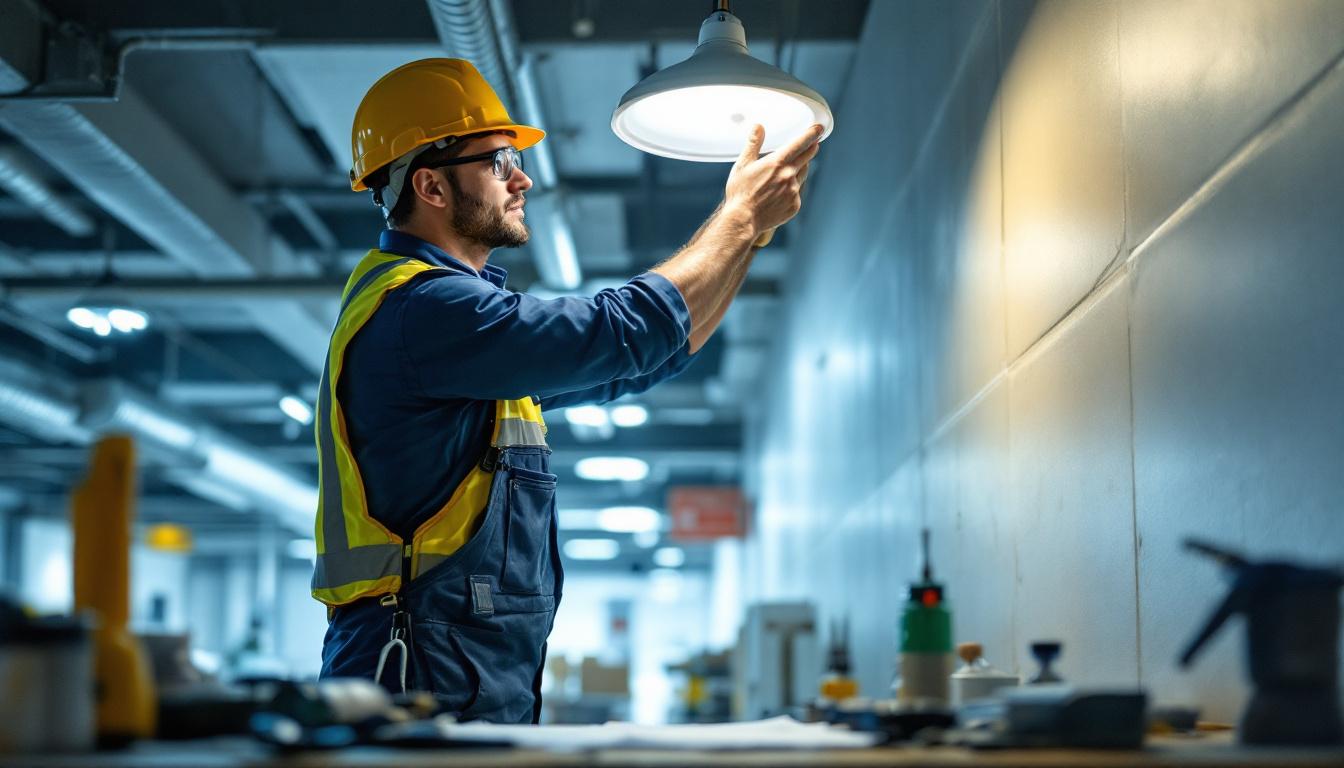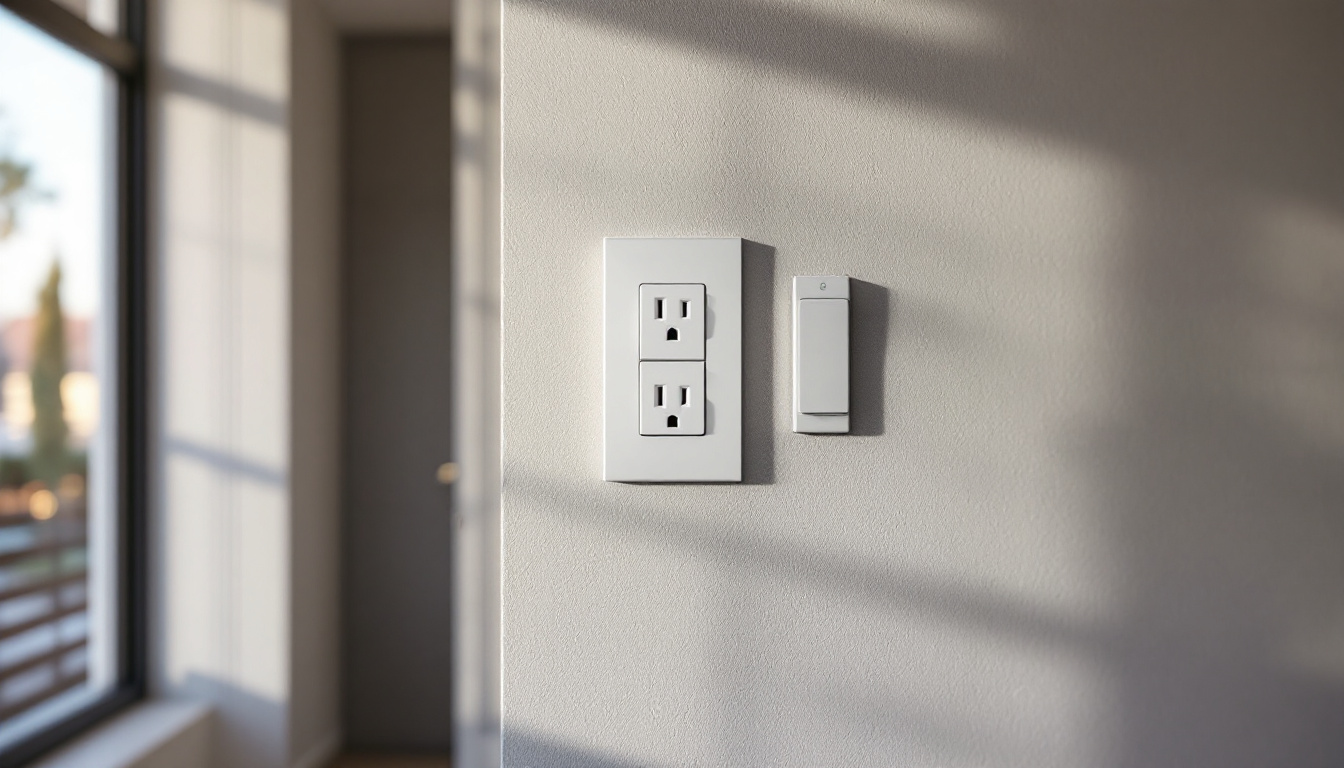
As the demand for energy-efficient lighting solutions continues to rise, the importance of understanding low voltage wiring connectors has never been more crucial for lighting contractors. This article delves into the essential aspects of low voltage wiring connectors, offering practical tips and insights to help contractors master this vital component of their work.
Low voltage wiring is a critical aspect of modern lighting systems. It typically operates at 12 to 24 volts, making it safer and more energy-efficient than traditional high voltage systems. This type of wiring is commonly used in landscape lighting, architectural lighting, and various other applications where flexibility and safety are paramount.
One of the primary advantages of low voltage systems is their ability to reduce energy consumption while providing ample illumination. Additionally, they allow for easier installation and maintenance, which can significantly benefit lighting contractors looking to streamline their processes. The reduced energy usage not only lowers electricity bills but also contributes to a smaller carbon footprint, making low voltage systems an environmentally friendly choice.
Low voltage systems come with numerous benefits that make them attractive to both contractors and clients. For instance, they are generally easier to install, as they require less invasive techniques and can often be run through existing structures without extensive modifications. This ease of installation can lead to quicker project turnaround times, allowing contractors to take on more jobs and improve their overall efficiency.
Moreover, low voltage lighting systems tend to have a longer lifespan compared to their high voltage counterparts. This longevity translates to lower maintenance costs and fewer replacements, which is a significant selling point for contractors aiming to provide value to their clients. Additionally, many low voltage fixtures are designed with LED technology, which not only enhances durability but also offers a wide range of color temperatures and styles to suit various design preferences.
Low voltage wiring connectors are widely used in various applications, including residential, commercial, and outdoor lighting. In residential settings, they are ideal for landscape lighting, accent lighting, and even indoor installations where a softer ambiance is desired. Homeowners often appreciate the versatility of low voltage systems, as they can easily adjust the layout and design to fit their evolving needs without significant structural changes.
In commercial applications, low voltage systems can enhance the aesthetic appeal of a space while ensuring energy efficiency. Outdoor lighting, particularly in gardens and pathways, benefits greatly from low voltage systems, as they provide safety and visibility without overwhelming brightness. Furthermore, low voltage systems can be integrated with smart technology, allowing for remote control and programmable settings, which can elevate the functionality of commercial spaces and improve user experience. This adaptability makes low voltage wiring an essential component in the design of modern environments, catering to both practical and aesthetic needs.
Understanding the different types of low voltage wiring connectors is essential for any lighting contractor. Each type has its unique characteristics and applications, making it important to choose the right connector for the job.
Twist-on connectors are among the most common types used in low voltage applications. These connectors are designed for quick and easy installation, allowing contractors to join wires without the need for specialized tools. Simply strip the wire ends, twist them together, and secure them with the connector.
One of the key benefits of twist-on connectors is their reliability. They provide a solid connection that can withstand outdoor conditions, making them ideal for landscape lighting installations. However, it’s essential to ensure that the wires are properly twisted and secured to prevent any potential issues.
Push-in connectors offer another convenient option for low voltage wiring. These connectors allow wires to be inserted directly into the connector, providing a secure connection without the need for twisting or additional tools. This feature can save valuable time during installations, particularly in larger projects.
While push-in connectors are user-friendly, they may not be as robust as twist-on connectors in certain outdoor applications. Therefore, contractors should assess the specific needs of each project before deciding on the type of connector to use.
Terminal block connectors are another versatile option for low voltage wiring. These connectors consist of a series of terminals that allow multiple wires to be connected in a single unit. This can be particularly useful in complex lighting systems where multiple fixtures are being controlled from a central point.
One of the advantages of terminal block connectors is their ability to accommodate various wire sizes and types. This flexibility makes them suitable for a wide range of applications, from residential to commercial lighting projects. However, proper installation is crucial to ensure a secure and reliable connection.
Proper installation of low voltage wiring connectors is vital for ensuring the longevity and efficiency of lighting systems. Here are some essential tips to keep in mind during the installation process.
Before starting any installation, it’s crucial to prepare your workspace. Ensure that all tools and materials are readily available, and create a clean, organized environment to work in. This preparation can significantly enhance efficiency and reduce the likelihood of errors.
Additionally, consider the layout of the lighting system. Plan the placement of fixtures and connectors to minimize wire runs and optimize performance. A well-thought-out design can save time and resources during installation.
Each type of connector may come with specific installation guidelines provided by the manufacturer. It’s essential to follow these instructions closely to ensure a secure and reliable connection. Neglecting to adhere to these guidelines can lead to issues down the line, such as poor performance or even system failures.
Furthermore, understanding the specifications of the connectors used will help contractors choose the right type for their projects, ensuring compatibility with the wiring and fixtures involved.
After completing the installation, testing the connections is a crucial step that should never be overlooked. This process involves checking each connection to ensure it is secure and functioning as intended. A simple voltage test can help identify any issues before finalizing the installation.
By taking the time to test connections, contractors can avoid potential problems that may arise after the system is in use. This proactive approach not only enhances the reliability of the installation but also builds trust with clients who appreciate thoroughness and attention to detail.
Safety should always be a top priority when working with low voltage wiring connectors. While low voltage systems are generally safer than high voltage systems, certain precautions should still be taken to ensure a safe working environment.
Using the right tools for the job is essential for both safety and efficiency. Ensure that all tools are in good working condition and appropriate for low voltage applications. This includes wire strippers, crimpers, and testers that are specifically designed for low voltage wiring.
Additionally, wearing personal protective equipment (PPE) such as gloves and safety glasses can help prevent injuries during installation. Contractors should always prioritize their safety and the safety of those around them while working on lighting projects.
Overloading circuits is a common mistake that can lead to serious issues, including system failures and fire hazards. It’s crucial to calculate the total load of the lighting system and ensure that it does not exceed the capacity of the wiring and connectors used.
Contractors should also be aware of the maximum wattage ratings for the fixtures being installed. Adhering to these guidelines will help prevent overloading and ensure the safe operation of the lighting system.
Regular maintenance is key to ensuring the longevity and safety of low voltage lighting systems. Contractors should advise clients on the importance of periodic inspections and maintenance to identify any potential issues before they escalate.
This maintenance can include checking connections, inspecting fixtures, and ensuring that the system is free from debris or obstructions. By promoting regular maintenance, contractors can help clients maximize the performance and lifespan of their lighting systems.
Selecting the appropriate low voltage wiring connectors for a project can significantly impact the overall success of the installation. Contractors should consider several factors when making this decision.
Every lighting project comes with its unique requirements. Factors such as the type of fixtures being used, the installation environment, and the desired aesthetics can all influence the choice of connectors. For example, outdoor applications may require connectors that are specifically designed to withstand moisture and temperature fluctuations.
Contractors should carefully assess the needs of each project and choose connectors that align with those requirements. This approach will not only enhance the performance of the lighting system but also ensure client satisfaction.
Investing in high-quality connectors is essential for ensuring the reliability of low voltage systems. While it may be tempting to opt for cheaper options, lower-quality connectors can lead to frequent failures and costly repairs in the long run.
Contractors should prioritize quality over cost when selecting connectors. Researching reputable manufacturers and reading reviews can help identify reliable products that will stand the test of time.
Mastering low voltage wiring connectors is an essential skill for lighting contractors. By understanding the different types of connectors, installation tips, safety considerations, and how to choose the right products, contractors can enhance their expertise and deliver high-quality lighting solutions to their clients.
As the industry continues to evolve, staying informed about the latest advancements in low voltage technology will be crucial for maintaining a competitive edge. By embracing these tips and best practices, lighting contractors can ensure their projects are not only successful but also contribute to a more energy-efficient and sustainable future.
Ready to elevate your lighting projects with the best low voltage wiring connectors on the market? Look no further than LumenWholesale, where we provide contractors with exceptional, spec-grade lighting products at unbeatable wholesale prices. Say goodbye to local distributor markups and hello to our extensive selection that meets the highest industry standards. With LumenWholesale, you can count on reliable, high-performance lighting for every project. Plus, enjoy the convenience of bulk buying with free shipping, ensuring you get premium lighting at the best value — without hidden fees or compromises. Take the next step towards a more energy-efficient and sustainable future with LumenWholesale. Wholesale Lighting at the Best Value.

Discover how colored electrical outlets can enhance efficiency for lighting contractors.

Discover the essentials of LED retrofit light fixtures and compliance standards in this comprehensive guide for lighting contractors.

Discover the essential facts about under-counter LED lighting that every contractor needs to know.

Discover why lighting contractors should prioritize back-to-back electrical boxes for switches and receptacles.